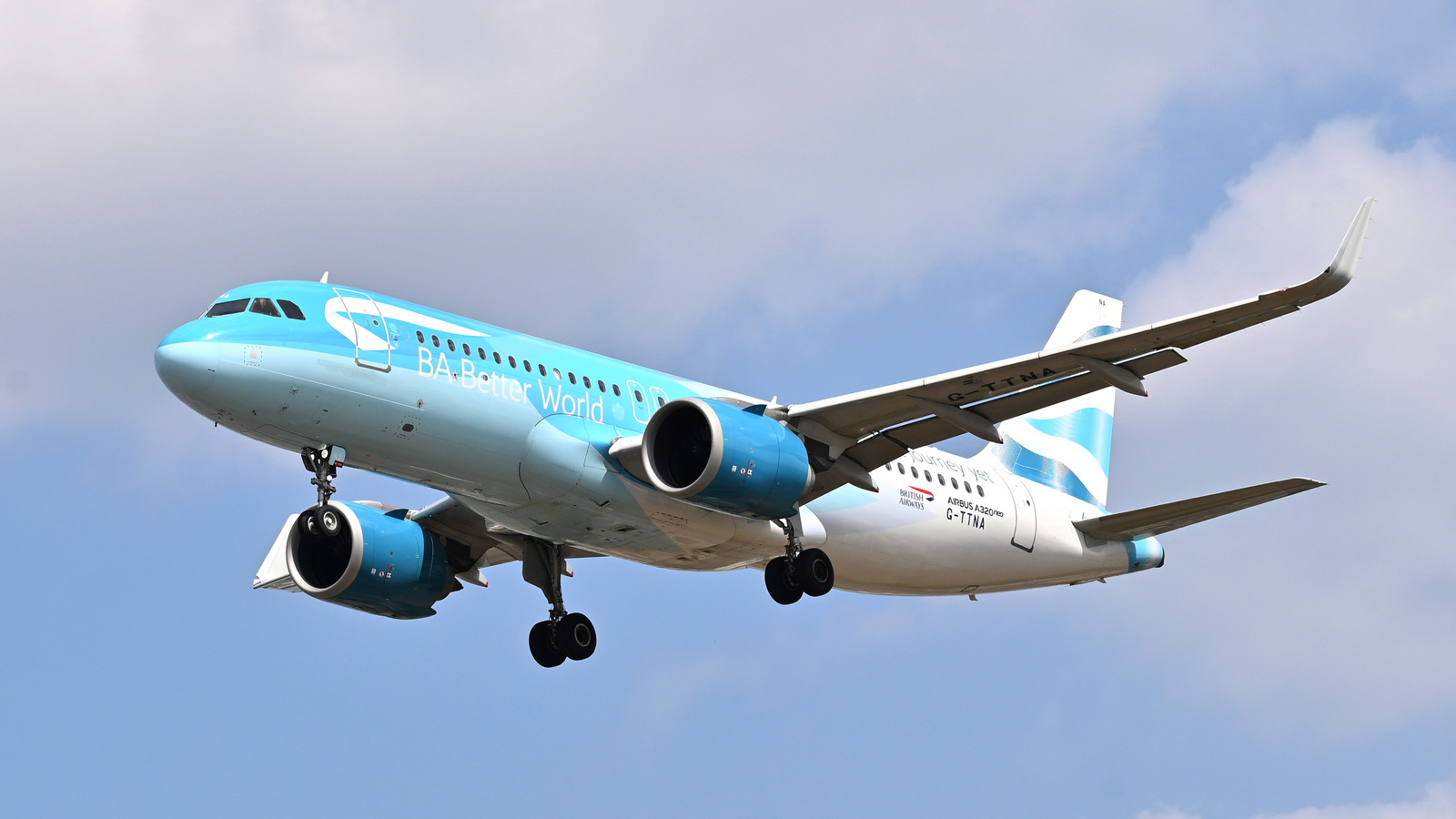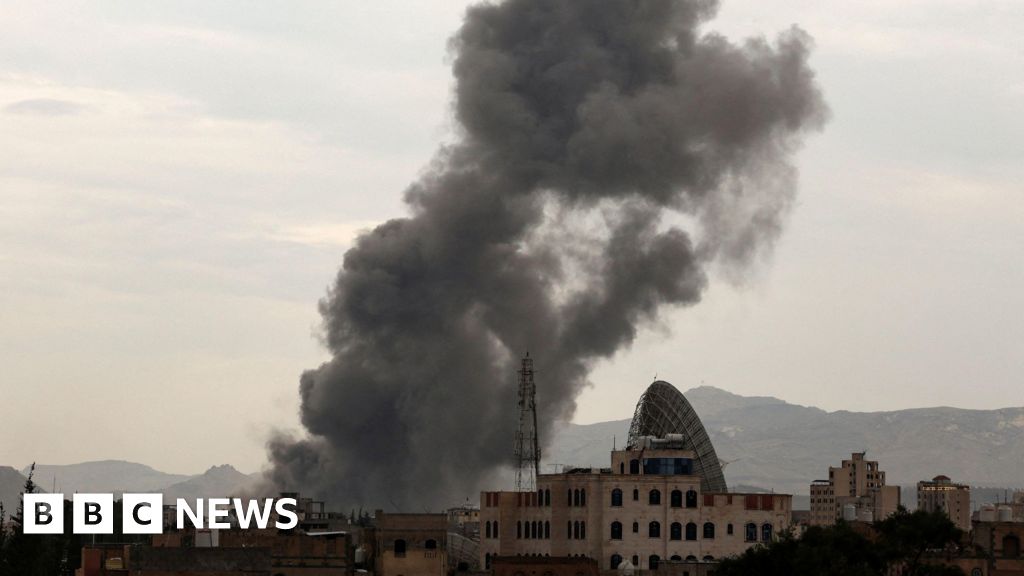By Collin Woodard
Copyright jalopnik

If you ask the manufacturers, regulators and the airlines themselves, “these types of incidents are too infrequent, levels of contamination too low and scientific research on lasting health risks too inconclusive to warrant a comprehensive fix.” They’ve also blamed the health issues some have reported on “hyperventilation, jet lag, psychological stress, mass hysteria and malingering.” And when the WSJ reached out to Airbus, Boeing, the FAA and the European Union Aviation Safety Agency for interviews, all four declined.
In a statement emailed to the WSJ, a Boeing spokesperson said, “The cabin air inside Boeing airplanes is safe. There is no indoor environment that is free from ‘contaminants.'” They also claimed research shows “that contaminant levels on aircraft are generally low and that health and safety standards are met.” Meanwhile, a JeBlue spokesperson told the newspaper, “We take nothing more seriously than the safety and health of our crewmembers and customers. While cabin air quality concerns are not isolated to JetBlue, we continue our work to identify policies and procedures to reduce and manage them.”
The FAA, meanwhile, says on its website that such incidents are “rare,” citing a 2015 review that suggested a rate of “less than 33 events per million aircraft departures.” At that rate, you would still see about 330 fume events in the U.S. every year, but as the WSJ discovered, in 2024, the 15 largest U.S. airlines reported more than twice that many. Perhaps more concerning is that they’re happening much more frequently. Back in 2014, “the Journal found about 12 fume events per million departures. By 2024, the rate had jumped to nearly 108.”
Those are also just reported events. We don’t know how many incidents went unreported, potentially making the true rate even higher. Internal data from the International Air Transport Association, however, puts the rate at about 800 per million departures.



